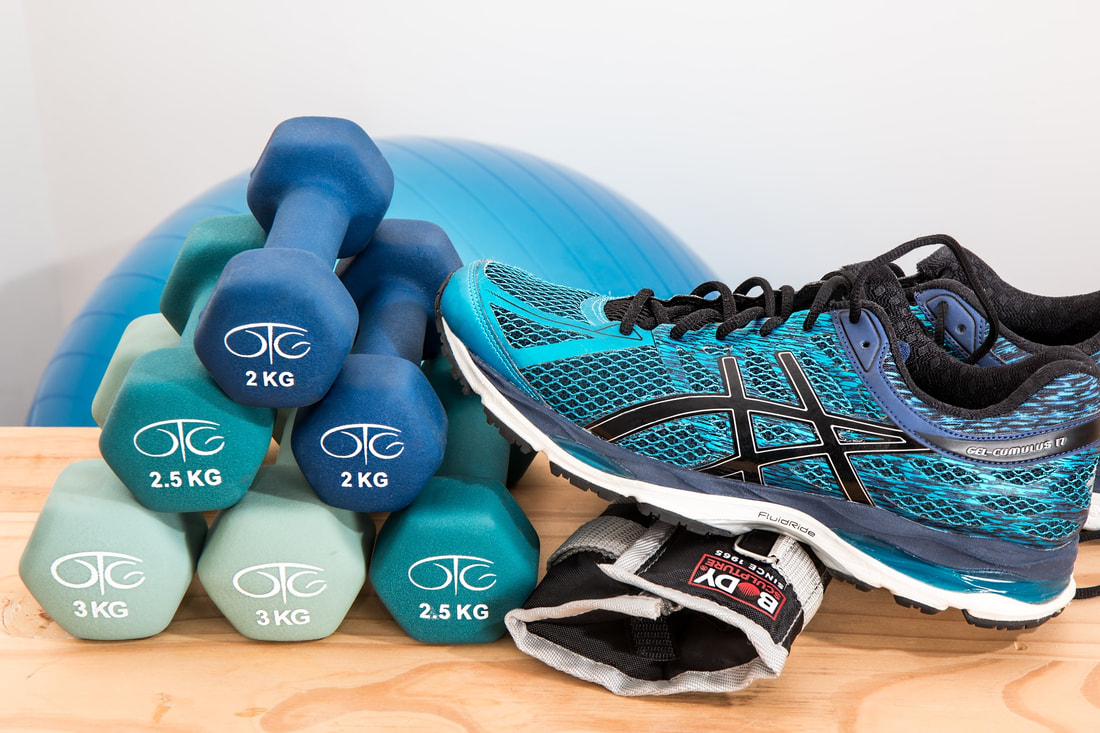|
By Rachael Bird, Myotherapist
As myotherapists, we teach you beneficial exercises that are safe for you to complete based on our assessment of your pain or injury. We pick the exercises that will help you the most, and that you will be likely to be able to do fairly easily. What happens if you don't do the exercises we prescribe for you? Well, if a personal trainer teaches you how to do sit ups but you don't actually do the sit ups, you don't get great abs. If we teach you helpful exercises but you don't use them, you won't get the benefit of strength, stability and reduced pain. If you don't use the exercises we suggest, any or all of the following results could occur:
It's essential to communicate openly with your myotherapist if you're having difficulty with your exercise program or if you're unsure about how to perform the exercises correctly. We can adjust the program, provide additional guidance, or offer alternative exercises to better suit your needs. Consistency in following our recommendations is crucial for achieving the best possible results from myotherapy treatment. Want to book a time for treatment and a customised exercise program? Come and see me or our team! We know that it’s good to move our bodies on a daily basis. But when we get injured, it’s a good excuse to chuck in the towel for a few weeks– right? Wrong! Exercise or at least some type of movement is an important part of your recovery process. Although it might not be good to go for a run 2 hours after you break your ankle (ouch!), you do want to incorporate movement as your body heals. Let’s look at why exercise is so beneficial, and how to include it safely. What are some of the general benefits of exercise?
So first up – why do we want to exercise on a regular basis? I’m glad you asked! There are so many benefits to exercise for your physical, mental and emotional wellbeing. Some of them include:
Exercise, injury and pain The old-school approach to pain was all about rest and inactivity. But now we know that movement done correctly is one of the best things you can do for pain. When it comes to pain and injury, research has shown that exercise can:
But there are also the indirect benefits. For example, exercise improves sleep, which is when your body does its best healing. If you’re not sleeping well, it will take you longer to heal. But if you use exercise to improve your sleep, it can boost your recovery. How to exercise safely after an injury Convinced that you need to move that body? Let’s go about this with safety in mind. Here are a few tips to get you started. Start slow. After an injury, there are a lot of complex processes going on. So the last thing your body needs is for you to try and run a marathon while it’s still healing! Begin with gentle movements, and work your way up over a period of weeks until you’re back to your pre-injury levels. Use your non-painful joints. If you have an injured upper body, use your lower body for exercising. If you’ve got an injured lower body, do some upper body exercises. Endorphins don’t stay in the one place – they are systemic. So if you’re moving non-sore parts, the endorphins will make their way around your body to the sore parts to help relieve the pain. Get a proper rehab program prescribed. This might not be necessary if you’ve only rolled your ankle or stubbed your toe. But if you have had a significant injury or are in significant pain, it’s best to get help. As a myotherapist, I can prescribe rehab exercises that build your body’s strength back up, and adapt exercises that might be causing pain. Your exercises will change throughout our treatment plan - we start from light, easy exercises while the pain or injury is acute, and work up to more challenging exercises to rebuild strength when your body is ready for it. Ready to book in a session? Head to the booking page here. |
Meet Our Team
We have a team of great practitioners available 7 days a week at our Rowville clinic. Archives
July 2024
Categories
All
|
Got a question about Myotherapy?
Contact Mel by phone, email or Facebook
|
Simple Wellness Myotherapy & Remedial Massage Clinic
Shop 12B 150 Kelletts Rd Rowville VIC 3178 |
Phone us on
03 8204 0970 |


 RSS Feed
RSS Feed